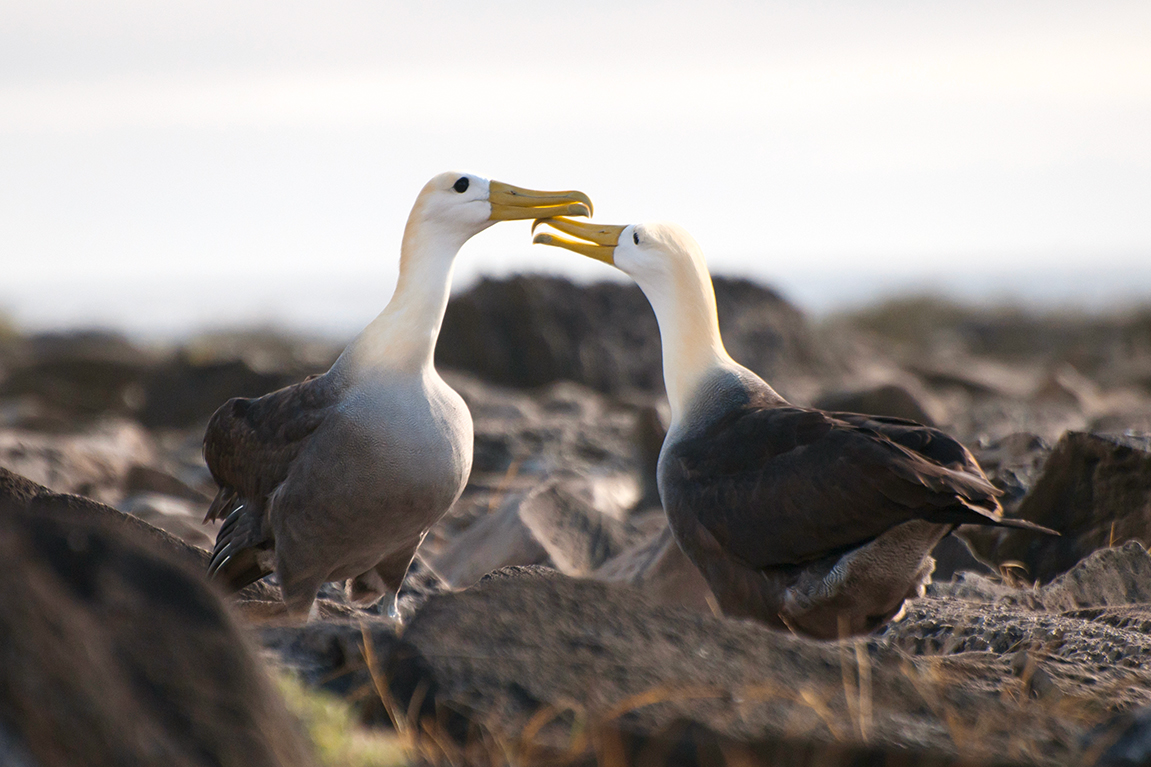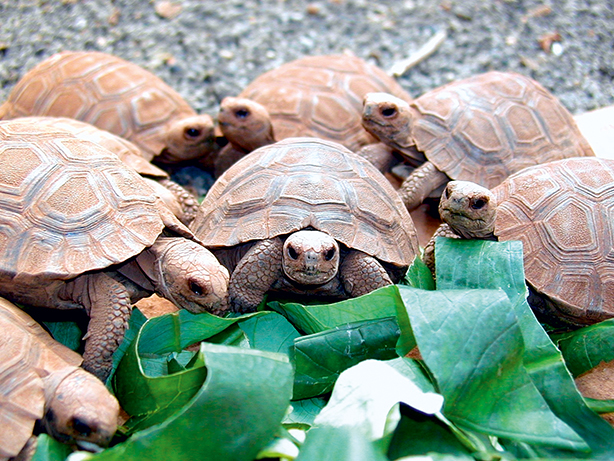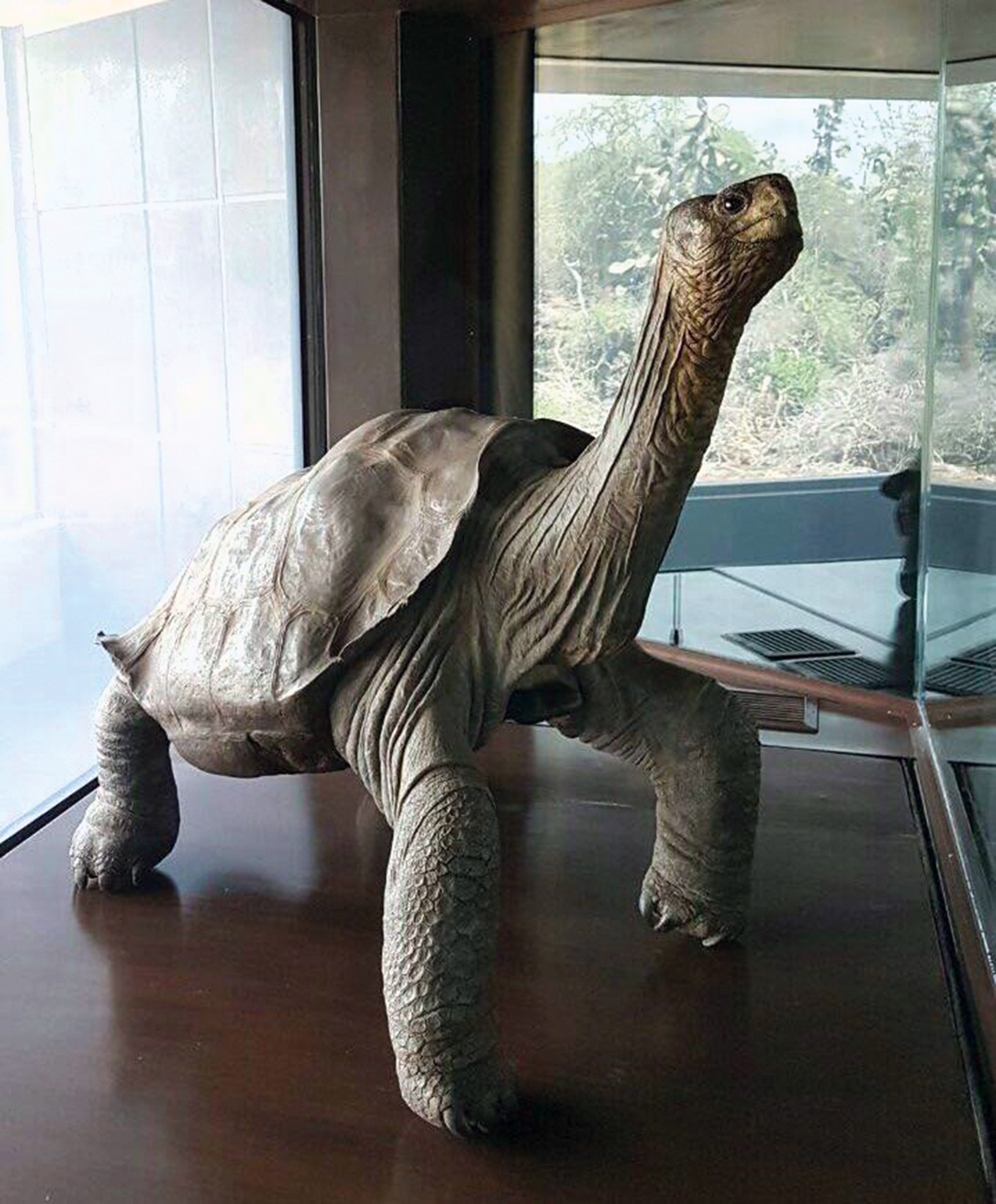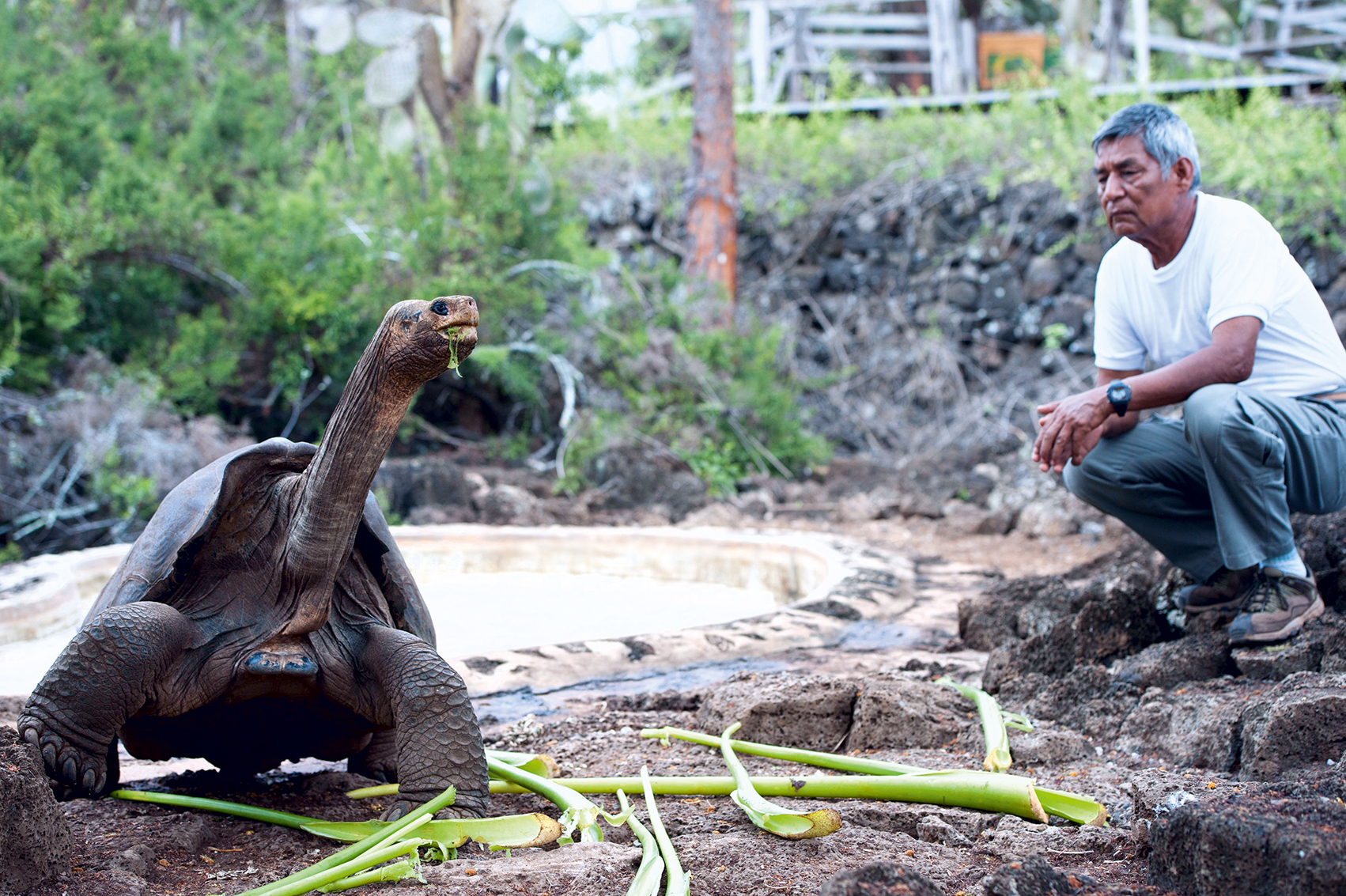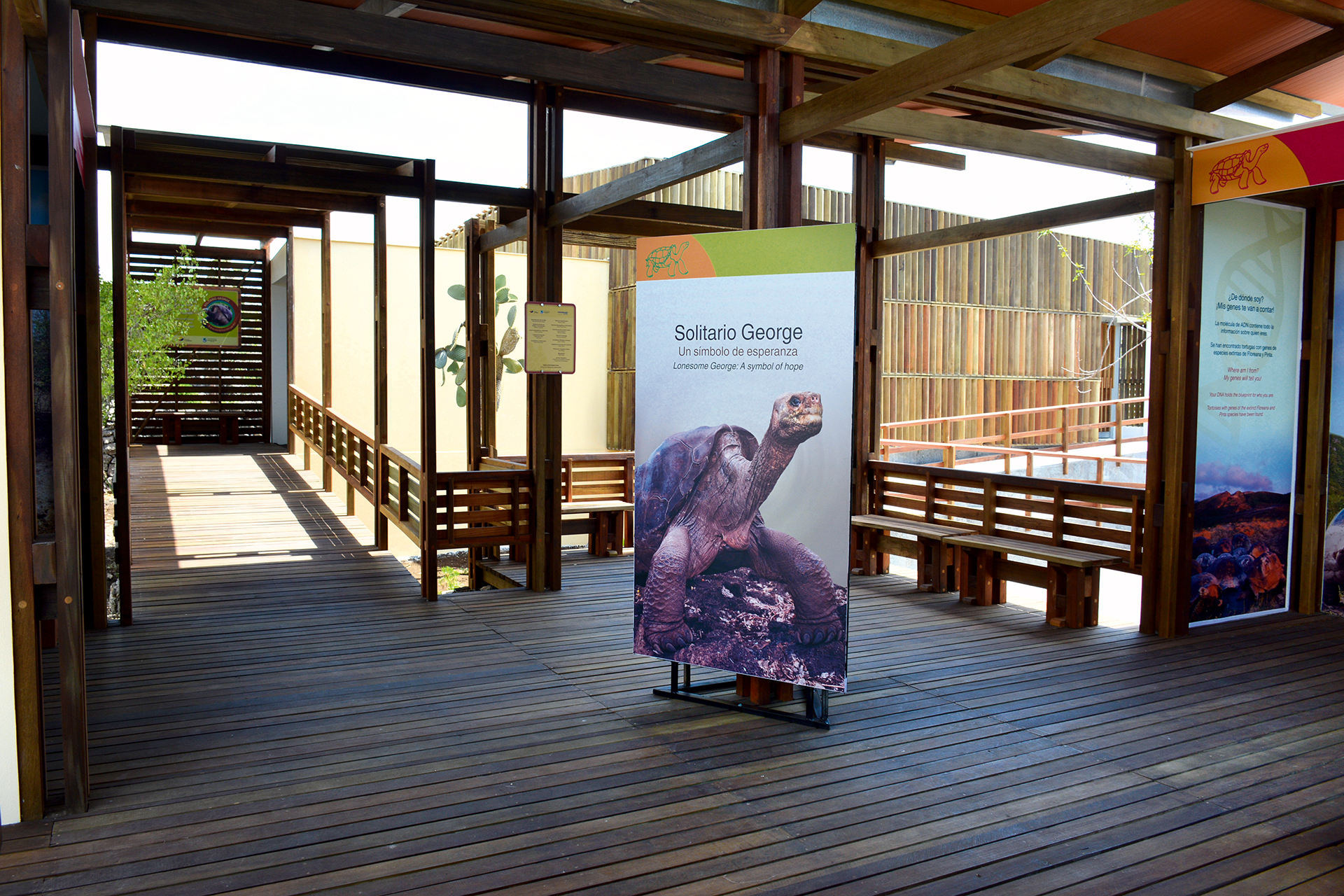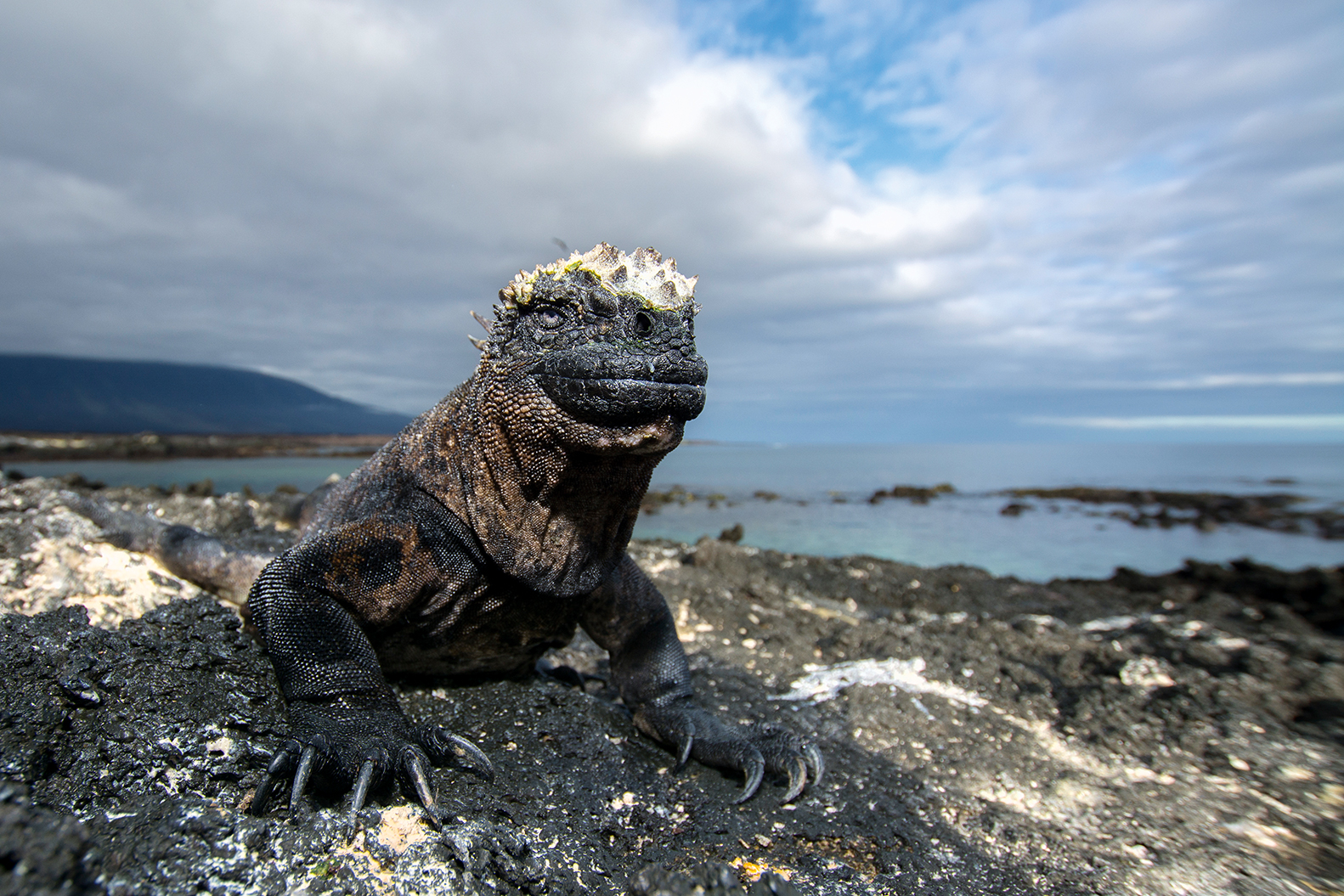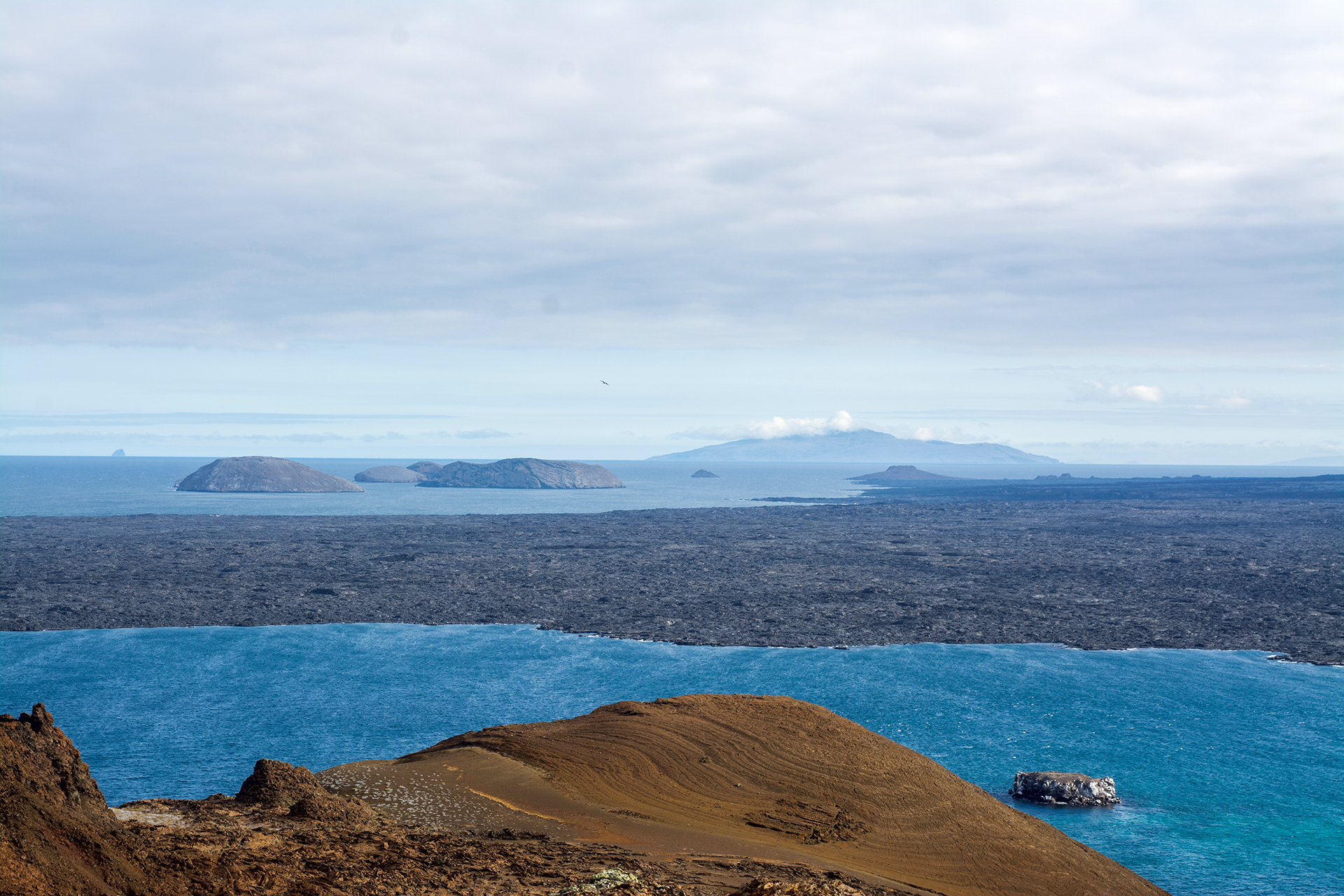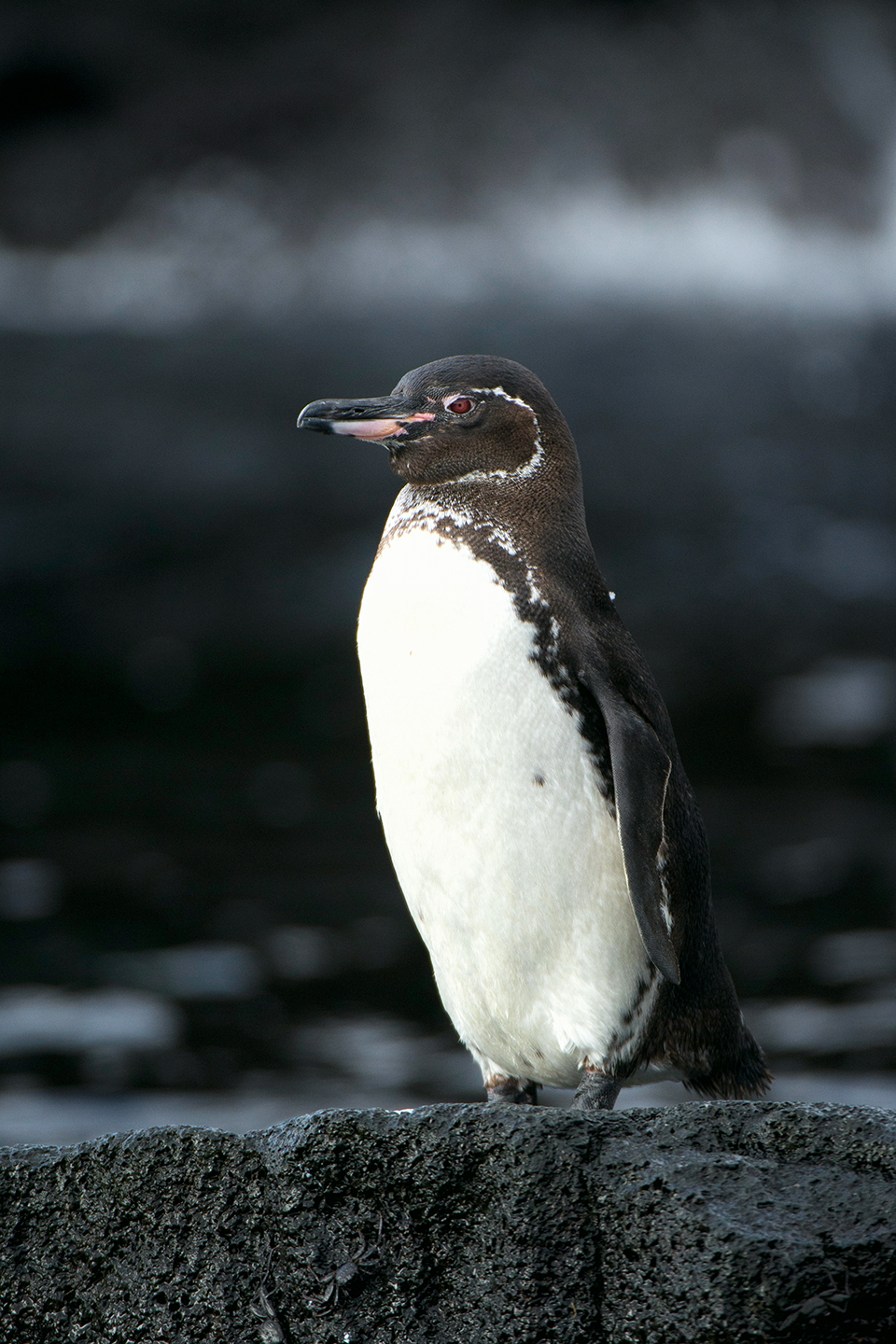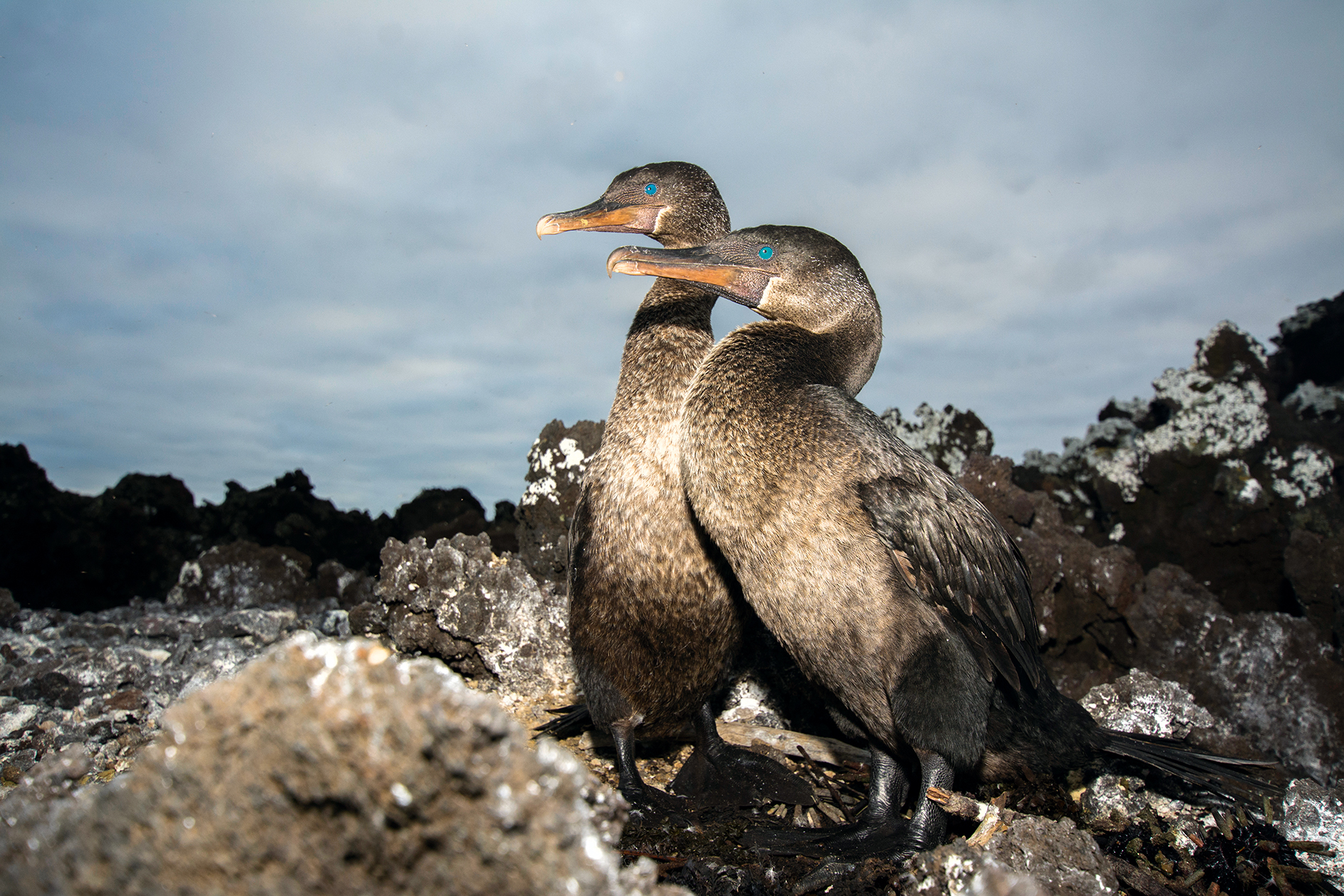Renowned worldwide for the diversity of its plant and animal life, the Galápagos Islands had the appropriate conditions for the evolution and adaptation of various different species. Over millennia, this evolutionary process provided this archipelago with such unique species that some two hundred thousand tourists are drawn to the islands each year.
“The Origin of the Species”, the epochal book by English naturalist Charles Darwin, was inspired, among other sources, by the varieties of finches that exhibited different traits from island to island. In fact, these curious and friendly birds, now seen in most of the Galápagos, evolved in distinct ways according to the topography, the food availability and other particular characteristics of each island where they settled. A similar evolutionary process happened with the giant tortoises, whose shells vary from one island to another.
During his sojourn in the Galápagos, Darwin found visible proof for the various hypothesis that he had developed during his travels aboard the HMS Beagle in the 1830s. In 1859, after completing his research, Darwin published his famous book on evolution.
Given the historical importance of Darwin´s work in the Galápagos, the Charles Darwin Foundation (CDF), an international scientific NGO, has operated in the Galápagos since 1959, supplying scientific knowledge and technical support for conservation.
According to Arturo Izurieta, the CDF´s Executive Director, “the CDF has worked closely for decades with the Administration of the Galápagos National Park. Over a hundred scientists, teachers, research assistants and staff from around the world have collaborated in this task. At this time, 90% of the team is Ecuadorean, but we continually receive volunteers from different countries to work in various areas. The volunteers can engage in science projects, such as tagging sharks or monitoring tidal currents to detect new marine species that might have been introduced to the local environment via, for example, ships´ ballast water”.
CDF´s research projects are now focused on three topics: Invasive Species, Sustainability and Conservation Management. This work is financed by donations.
The Charles Darwin Research Station on Santa Cruz island is the Foundation´s operational branch. It´s a mandatory tourist stop. In Arturo´s words, “here, we link the tourist with the islands´ history and scientific wealth. A visit to the Research Station allows a first-hand view of the conservation work that has been carried out over five decades. For example, the program to raise giant tortoises in captivity that began at the Research Station is now handled by the Galápagos National Park. It´s an extremely interesting visit because tourists can observe how the giant tortoises are raised, from the hatching of the eggs, kept under optimal temperature, light and humidity, to the care of the newborn turtles until they are sent back to whichever island corresponds to their species. Thanks to these efforts, the giant tortoises have escaped extinction.
During forty years, the celebrity at the Research Station was Solitary George, the famous giant tortoise from Pinta island. His nickname was given because he never found a female turtle to his liking and died in 2012 without offspring. His particular species died with him. The embalmed corpse can be seen in the Fausto Llerena Breeding Center, a unit of the Galápagos National Park, one of the stops in the Research Station.
Arturo mentions that, “you can also consider the giant tortoises as part of an environmental recovery program. They are herbivores who play an important role in the environment, such as sprouting seeds and distributing plants. When the CDF began in 1959, the giant tortoise population was approximately 12,000. Currently, it´s about 50,000. Nevertheless, we are still far from the estimated population of hundreds of thousands that existed before sailing ships began to make regular calls. The sailors indiscriminately hunted the giant tortoises to restock meat supplies for their vessels”.
At the Research Station, there is a wonderful garden of native plants and an Exhibition Hall to showcase both marine and land projects. Here, children can walk up and touch corals, rocks and whale whiskers, and later observe them under a microscope. Visitors can also observe samples from some of the 90,000 plant and animal species collected by the CDF. Visitors may learn about biological control projects, such as the parasite fly philornis downsi that was inadvertently brought to the islands and has been the main cause of decline of the population of bird species in the Galápagos. Arturo explains how, “we transmit live from the mangrove finch breeding lab, where the baby birds are fed fifteen hours per day, in sixty minute cycles, in order to ensure their survival and return to their home island, Isabela”.
After the Research Station, the next place to see is Tortuga (turtle) Bay, some three miles distant. It´s a white sand beach where tourists can swim alongside sea lions and marine iguanas, a rainbow´s selection of colorful fish and, from time to time, with a few sharks and stingrays, while pelicans fly overhead.
The Galápagos environment is vulnerable. Consequently, only 1% of the land mass and one thousand of 1% of the marine area have been designated tourist zones. Thanks to this plan, the Galápagos remain pristine, little changed by human civilization, a place where its unique species have been preserved for the world to see.







